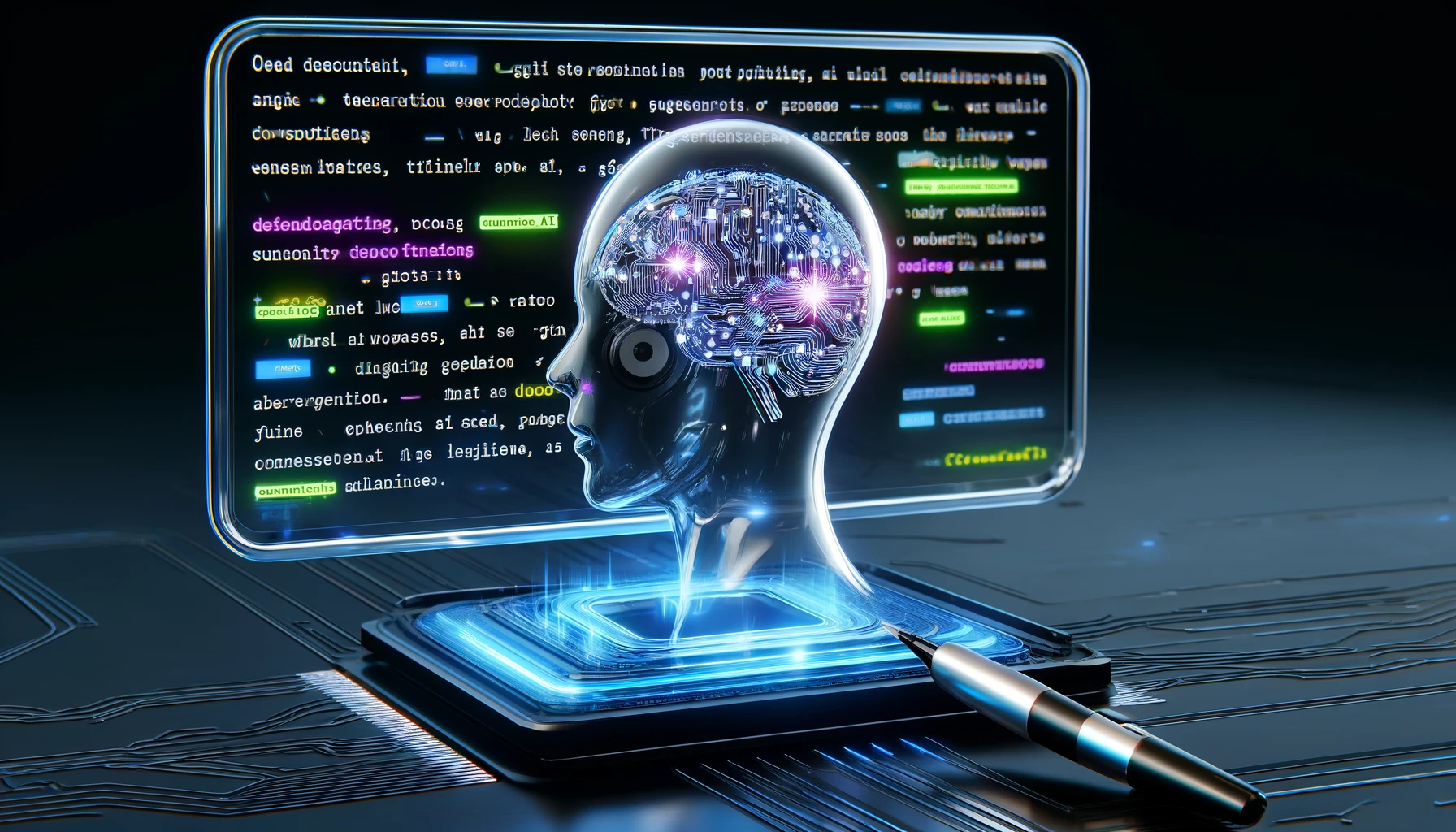
What is An AI Proofreader?
During their work as online proofreaders, editors, and humanizers, the experts at Editly have mastered the art of humanizing AI text. In the series, “How to Humanize AI Text,” they draw on their experience to offer insights into the humanization of AI content. In this post, we investigate a topic that has become increasingly relevant—“What is an AI proofreader?”.
ChatGPT Text Response to “What is an AI Proofreader?”
An AI proofreader is a tool or software application that uses artificial intelligence technology to analyze and improve written text. It focuses on correcting grammar, spelling, punctuation, and syntax errors, and it may also offer suggestions for stylistic improvements such as clarity, tone, and conciseness. Here are some key aspects of what an AI proofreader typically offers:
- Grammar and Spelling Checks: AI proofreaders scan the text for common grammatical mistakes and spelling errors, much like traditional spell-checkers but with more advanced capabilities for understanding context.
- Punctuation and Syntax: These tools also check for proper punctuation usage and correct syntax, ensuring sentences are constructed properly and are easy to understand.
- Style and Tone Guidance: Advanced AI proofreaders can analyze the tone and style of the writing, suggesting changes to make the text more appropriate for its intended audience or purpose. This might include adjustments to make writing more formal, persuasive, or friendly, depending on the context.
- Consistency: AI proofreaders can ensure consistency in the text, such as maintaining consistent verb tenses and point of view, and checking for any contradictory statements within the document.
- Readability Improvements: Some AI proofreaders evaluate the overall readability of the text, suggesting changes to sentence structure or word choice that might make the document easier to read and understand.
- Plagiarism Detection: Many AI proofreading tools also include a feature to check for plagiarism, ensuring that the text is original or properly cited.
- Feedback and Reports: Beyond correcting errors, some AI proofreaders provide detailed feedback and reports on the writing, which can help writers learn from their mistakes and improve their writing skills over time.
AI proofreaders are commonly used by a wide range of users, from students and academics to professional writers and businesses, helping to enhance the quality of written content and ensure it meets the required standards before publication or submission. These tools are available as standalone applications, browser extensions, or integrated features within word processors and content management systems. (333 words)
Human Rewrite of the ChatGPT Text
An AI proofreader is a tool or software application that uses artificial intelligence technology to analyze and improve written text. While focused on correcting grammar, spelling, punctuation, and syntax, it may also suggest stylistic improvements regarding clarity, tone, and conciseness. Let’s take a closer look:
- Grammar and Spelling Checks: AI proofreaders scan the text for common grammatical mistakes and spelling errors.
- Punctuation and Syntax: To ensure readability, they also check for proper punctuation usage and correct syntax.
- Style and Tone Guidance: Advanced AI proofreaders can analyze the tone and style of the writing, suggesting changes to make the text more appropriate for its intended audience or purpose.
- Consistency: AI proofreaders can ensure consistency of verb tenses and point of view in the text.
- Readability Improvements: Some AI proofreaders can evaluate the overall readability of the text in order to suggest appropriate changes to sentence structure or word choice.
- Plagiarism Detection: Many AI proofreading tools also include a feature to check for plagiarism, ensuring that the text is original or properly cited.
- Feedback and Reports: Some AI proofreaders provide detailed feedback, which can help writers learn from their mistakes and improve their writing skills over time.
AI proofreaders are commonly used to enhance the quality of written content and ensure it meets the required standards before publication or submission. These tools are available as standalone applications, browser extensions, or integrated features within word processors and content management systems. (244 words)
The AI Text vs the Humanized Text
While the ChatGPT response to our straightforward question clocked in at 333 words, our humanized version is only 244 words—or nearly 27% shorter than the AI text. Humanization has achieved this reduction primarily by eliminating repetition and redundancy, as well as by substituting generic phrases with specific words that carry the same meaning.
The Takeaway
You, too, can practice the above skills and become proficient at humanizing AI texts. But, if you would like an experienced helping hand, then don’t wait to get started on Editly.


Paul S.
Online editing, proofreading, and rewriting for both human and AI text. Specialties include admissions essays, academics, business, blogs, and ChatGPT to human text. Chief editor at Editly AI.